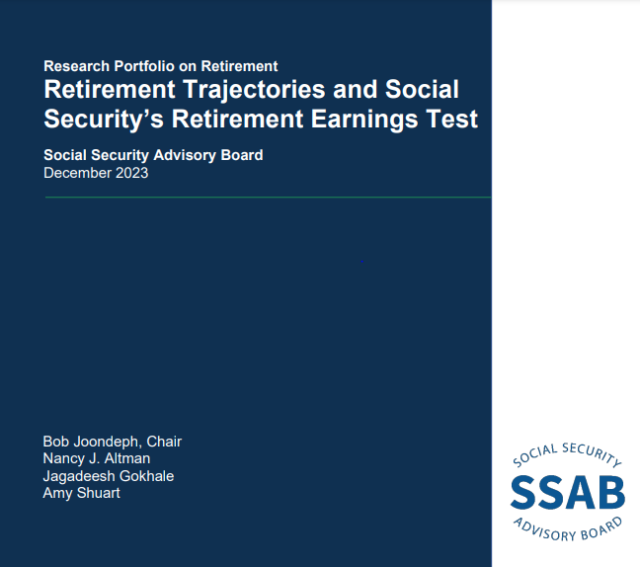Social Spending in Mexico: Needs, Priorities and Reforms
By Swarnali A Hannan, Juan Pablo Cuesta Aguirre & David Bartolini Poverty in Mexico was high before the COVID-19 pandemic and has been exacerbated by the pandemic, with significant variation across states. Education losses from the pandemic are likely to be large and worsen pre-existing disparities; unless mitigated soon, they could contribute to heightened scarring over the medium term. Using state-level and cross-country comparisons, this paper reviews key social programs as well as priorities in education and health. It finds that...










